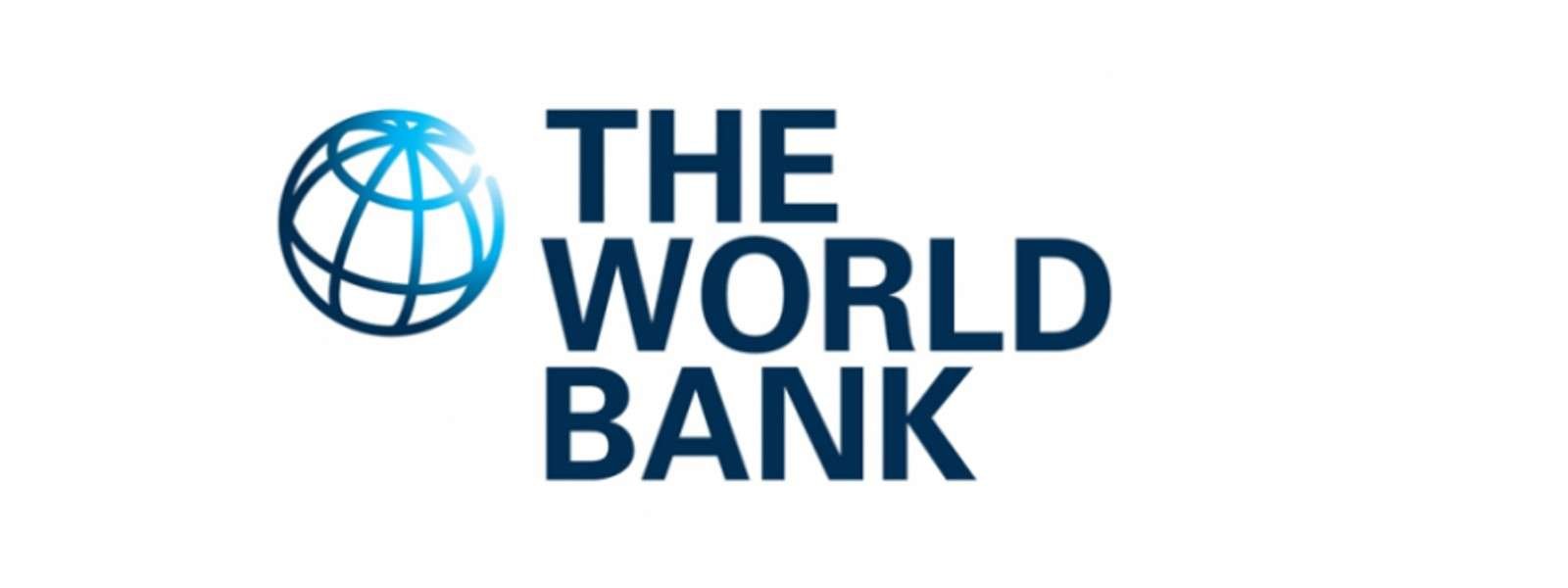
Sri Lanka’s Economy Grows, But Poverty Persists : World Bank Calls for Reform
Sri Lanka’s economy is showing signs of resilience, with a projected growth rate of 4.6% in 2025, according to the World Bank’s latest Sri Lanka Development Update, titled Better Spending for All.
However, the report warns that the recovery remains incomplete and uneven, with growth still below pre-crisis levels and poverty significantly elevated.
The report highlights that while inflation is low and external inflows are strong, food prices remain high, foreign reserves are growing slowly, and poverty levels are still double what they were in 2019.
Many households continue to struggle, with 10% of the population living just above the poverty line, and malnutrition persisting among vulnerable groups.
“While Sri Lanka’s recent economic progress is encouraging, the recovery is uneven and incomplete,” said David Sislen, World Bank Division Director for Maldives, Nepal, and Sri Lanka. “To build a stronger, fairer economy that benefits all households, in a fiscally constrained environment, Sri Lanka needs the private sector to invest and create jobs and ensure that every rupee of public money is well-spent.”
The report calls for urgent structural reforms, including:
Easing barriers to trade and investmentImproving the business environmentModernizing tax administration Reforming land and labor market regulations
A key focus is on public spending efficiency. With over 80% of government expenditure tied to salaries, welfare, and interest payments, the report urges reforms to:
Manage the public wage bill with fairer pay structures and modern payroll systems Prioritize infrastructure gaps Improve project planning and monitoring Increase funding for maintenance of existing infrastructure
The Sri Lanka Development Update is a companion piece to the South Asia Development Update, a twice-yearly World Bank report that examines economic developments and prospects in the South Asia region and analyzes policy challenges countries face.
The October 2025 edition titled Jobs, AI, and Trade shows growth in South Asia is projected to be robust at 6.6 percent this year—but a significant slowdown looms on the horizon. The report examines how reforms to promote trade openness and AI adoption could help the region create jobs and catalyze growth.

